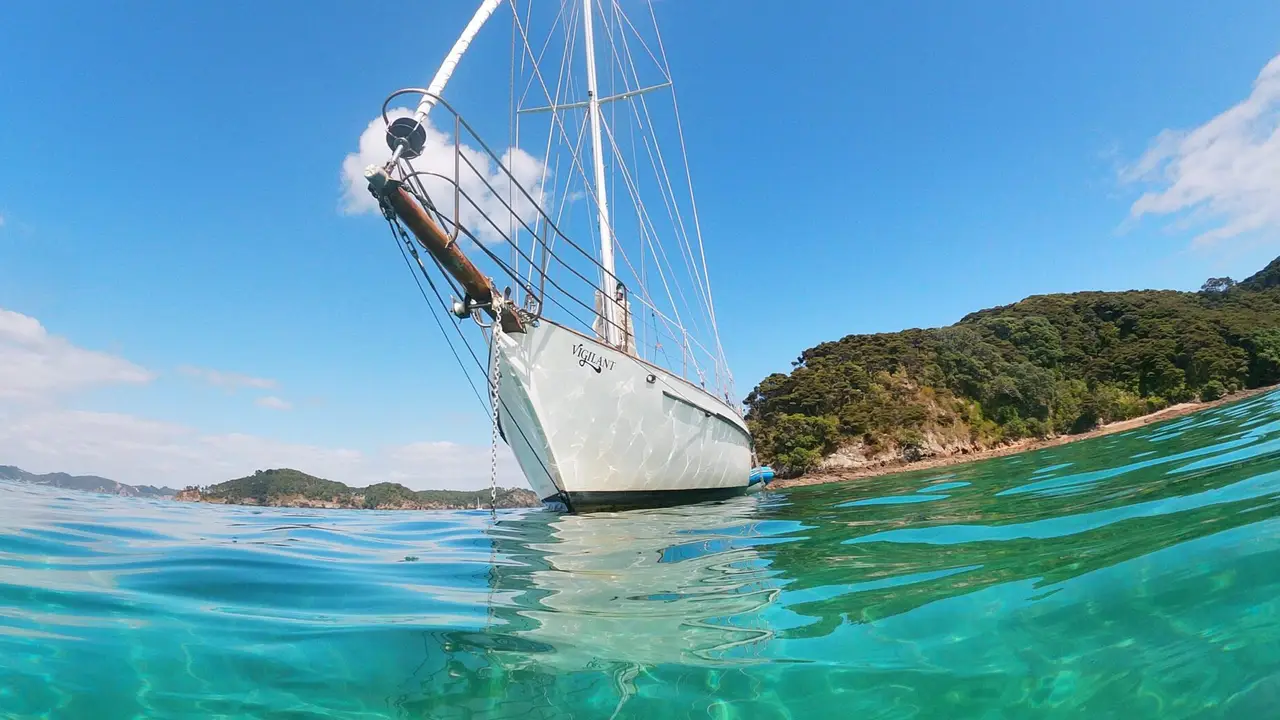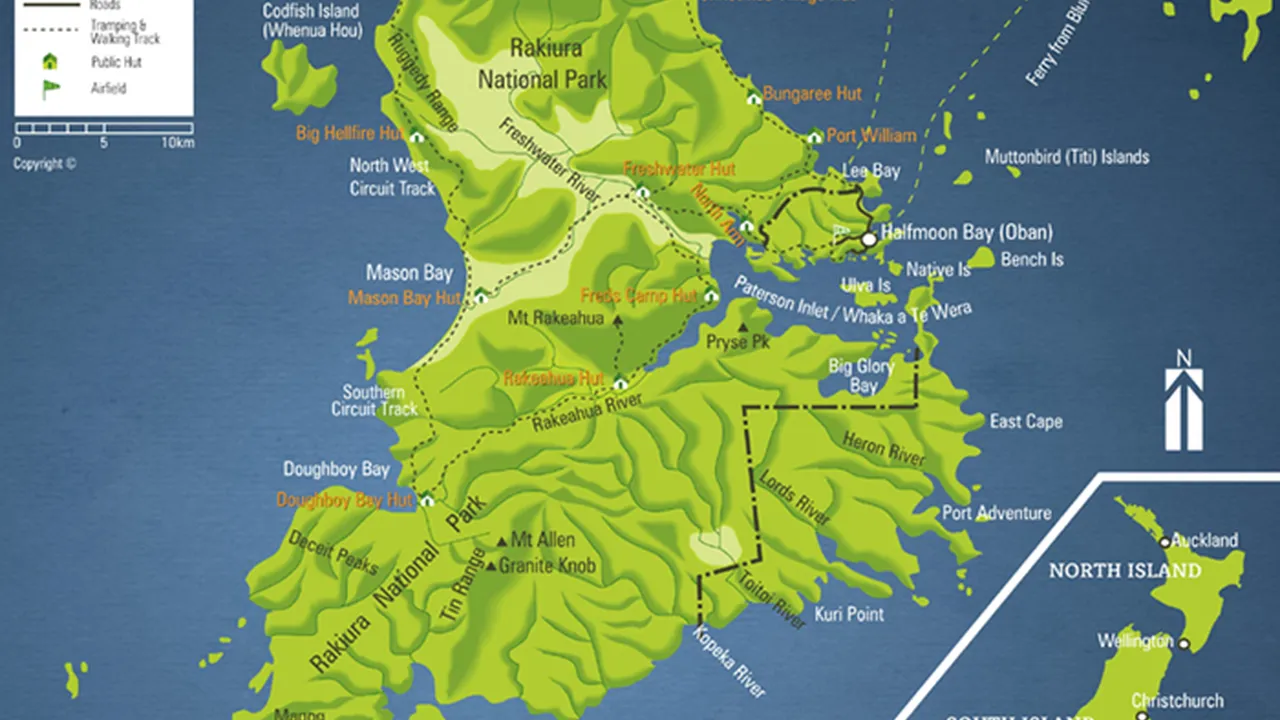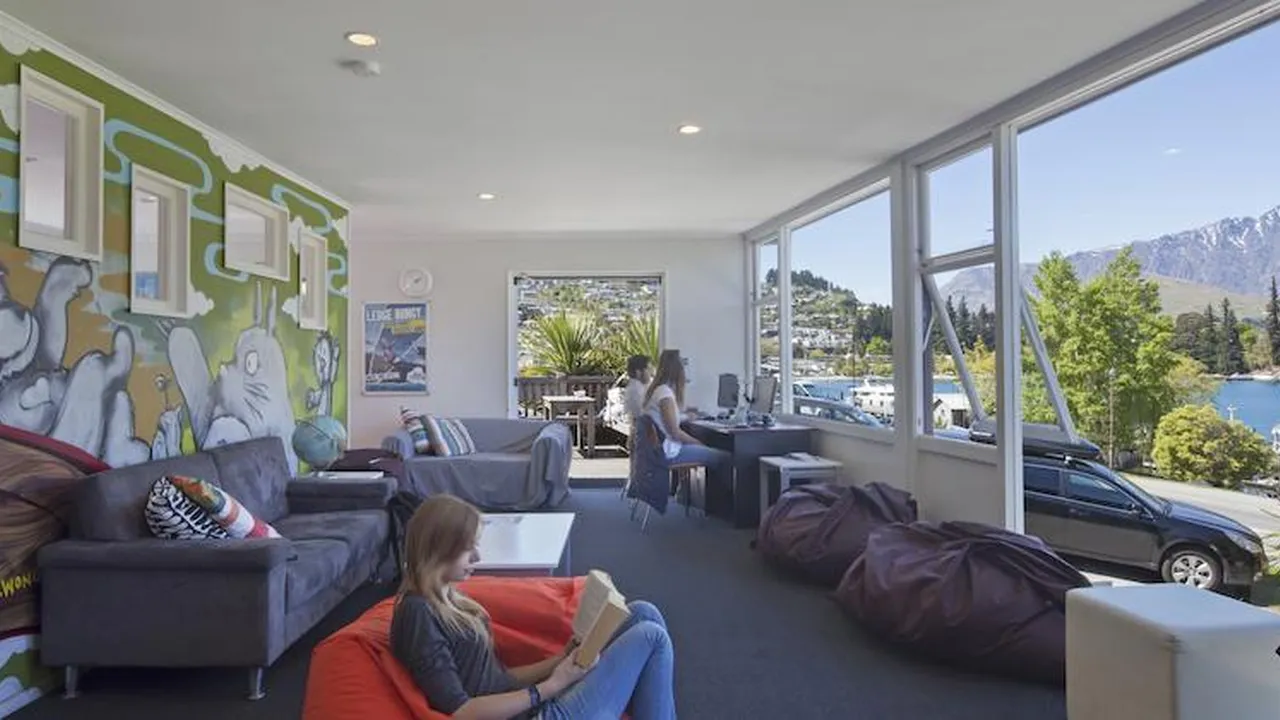Sailing in the Bay of Islands: A Guide
Sample meta description.

Planning Your Bay of Islands Sailing Adventure: Choosing the Right Time and Charter
So, you're dreaming of turquoise waters, sun-kissed skin, and the gentle sway of a sailboat in the Bay of Islands? Awesome! But before you pack your nautical stripes, let's talk logistics. The Bay of Islands is gorgeous year-round, but the best time for sailing is generally from October to April. This is when you'll find warmer temperatures, calmer seas, and less rain. Think long sunny days perfect for swimming, snorkeling, and exploring hidden coves.
Now, about that boat. You've got options! Are you a seasoned sailor looking for a bareboat charter (meaning you captain the boat yourself)? Or would you prefer a skippered charter where you can relax and let someone else handle the navigation? Consider your experience level and budget. Bareboat charters are usually cheaper, but require qualifications and a good understanding of sailing. Skippered charters are more expensive, but offer a worry-free experience.
Think about the size of your group too. A small yacht is perfect for couples, while larger catamarans are ideal for families or groups of friends. Don't forget to factor in things like sleeping arrangements, galley space, and onboard amenities. Do you need air conditioning? A BBQ grill? A fancy coffee machine? Make a list of your must-haves and use it to narrow down your choices.
Essential Gear for Your Sailing Trip: What to Pack for Comfort and Safety
Packing for a sailing trip is a bit different than packing for a land-based vacation. Space is often limited, and you'll want to be prepared for all kinds of weather. First and foremost, sun protection is key! Pack plenty of sunscreen (SPF 30 or higher), a wide-brimmed hat, and sunglasses. The sun reflects off the water, so you'll get burned faster than you think.
Clothing-wise, think layers. Even in summer, the evenings can get cool. Pack lightweight, quick-drying clothes, a waterproof jacket, and a fleece or sweater. Bring a couple of pairs of comfortable shoes with good grip – you'll be moving around on a potentially slippery deck. And don't forget your swimwear! You'll be spending plenty of time in the water.
For safety, make sure you have a well-stocked first-aid kit, including motion sickness medication. It's also a good idea to bring a waterproof bag for your electronics and valuables. And finally, don't forget your camera! You'll want to capture all those amazing memories.
Exploring the Best Anchorages in the Bay of Islands: Finding Your Perfect Spot
The Bay of Islands is a sailor's paradise, with countless beautiful anchorages to explore. Some are bustling with activity, while others are secluded and peaceful. It all depends on what you're looking for.
Urupukapuka Island is a popular choice, with several sheltered bays and a great restaurant. It's a good place to meet other sailors and enjoy some socializing. Roberton Island, also known as the Hole in the Rock, is another must-see. You can anchor nearby and take a dinghy to explore the iconic rock formation.
For a more secluded experience, head to Paradise Bay on Moturua Island. This tranquil bay offers crystal-clear waters and white sandy beaches. It's the perfect place to relax and unwind. Another great option is Oke Bay, known for its stunning sunsets. Just be sure to check the weather forecast before anchoring, as some bays are more exposed than others.
Snorkeling and Diving in the Bay of Islands: Discovering the Underwater World
The Bay of Islands isn't just beautiful above the water; it's also teeming with marine life below the surface. Snorkeling and diving are popular activities, with plenty of opportunities to see colorful fish, dolphins, and even whales.
The Poor Knights Islands, a short boat trip from the Bay of Islands, are considered one of the best dive sites in the world. The islands are a protected marine reserve, with pristine waters and an abundance of marine life. You can expect to see everything from stingrays and moray eels to schools of colorful fish and kelp forests.
Closer to shore, Tapeka Point offers excellent snorkeling opportunities. The waters are shallow and clear, making it ideal for beginners. You can also snorkel around the rocks at Roberton Island. Just be aware of boat traffic and currents.
If you're lucky, you might even spot dolphins or whales while you're out on the water. The Bay of Islands is a popular breeding ground for marine mammals, and you're likely to see them playing in the waves.
Fishing in the Bay of Islands: Casting Your Line for the Big One
The Bay of Islands is a fisherman's paradise, with a wide variety of fish species to target. Whether you're an experienced angler or a beginner, you're sure to have a great time casting your line in these waters.
Popular species include snapper, kingfish, and kahawai. Snapper are the most common catch, and they can be found in a variety of habitats, from shallow reefs to deeper waters. Kingfish are a prized game fish, known for their fighting ability. Kahawai are a smaller, but still fun to catch, and they are often found in schools.
You can fish from your sailboat, or you can hire a fishing charter. Fishing charters are a great option if you're new to the area, as the guides can take you to the best spots and provide you with all the necessary equipment. They can also help you with baiting your hook and landing your catch.
Remember to check the local fishing regulations before you head out. You'll need a fishing license, and there are size and bag limits for certain species.
Onshore Excursions: Exploring the Islands and Towns
While sailing is the main attraction in the Bay of Islands, don't forget to explore the islands and towns ashore. There's plenty to see and do, from historical sites to stunning beaches.
Paihia is the main tourist town in the Bay of Islands, and it's a great place to base yourself. It has a wide range of accommodation options, restaurants, and shops. From Paihia, you can take a ferry to Russell, a charming historic town with beautiful colonial architecture.
Waitangi Treaty Grounds is another must-see. This is where the Treaty of Waitangi, New Zealand's founding document, was signed in 1840. You can take a guided tour of the grounds and learn about the history of the treaty.
For a taste of nature, head to Haruru Falls, a beautiful waterfall just a short drive from Paihia. You can take a walk to the falls, or you can kayak up the river. And of course, don't forget to spend some time relaxing on the beaches. The Bay of Islands has some of the most beautiful beaches in New Zealand.
Sailing Gear Recommendations: Must-Have Products for Your Trip
Okay, let's talk gear! Having the right equipment can make your sailing trip safer and more enjoyable. Here are a few recommendations, with price points and use cases:
Harken Sport Sun Hat
Use Case: Protecting your face and neck from the sun. Essential for long days on the water.
Features: Wide brim, UPF 50+ sun protection, adjustable chin strap.
Comparison: Cheaper hats might not offer as much sun protection or durability. More expensive hats might have more advanced features, like moisture-wicking fabrics.
Price: $35 - $50
Spinlock Deckvest LITE+ Lifejacket
Use Case: Safety! A lifejacket is non-negotiable. The LITE+ is comfortable enough to wear all day.
Features: Lightweight design, automatic inflation, integrated sprayhood, harness attachment point.
Comparison: Cheaper lifejackets might be bulky and uncomfortable. More expensive lifejackets might have more advanced features, like AIS beacons.
Price: $250 - $350
Gill Race Boot
Use Case: Providing grip and support on a wet deck. Prevents slipping and sliding.
Features: Non-slip sole, quick-drying material, reinforced toe and heel.
Comparison: Regular sneakers will get wet and slippery. More expensive boots might offer better ankle support and waterproofing.
Price: $100 - $150
Garmin Quatix 7 GPS Smartwatch
Use Case: Navigation, weather tracking, and overall sailing data. A great tool for experienced sailors.
Features: GPS, barometer, compass, tide information, sailing apps, heart rate monitor.
Comparison: Simpler watches might only offer basic GPS functionality. More expensive watches might have more advanced features, like satellite communication.
Price: $700 - $1000
Maui Jim Sunglasses
Use Case: Protecting your eyes from the glare of the sun on the water. Polarized lenses are essential.
Features: Polarized lenses, UV protection, lightweight frame.
Comparison: Cheaper sunglasses might not offer as much UV protection or polarization. More expensive sunglasses might have more durable frames and better lens technology.
Price: $200 - $300
Understanding Sailing Charters: Bareboat vs Skippered
Choosing between a bareboat and skippered charter is a big decision. Here's a breakdown to help you decide:
Bareboat Charter
Pros: More freedom and independence, lower cost (assuming you have the skills), a chance to test your sailing abilities.
Cons: Requires sailing qualifications and experience, you're responsible for all aspects of the trip (navigation, maintenance, etc.), can be stressful if you're not prepared.
Best for: Experienced sailors with a valid sailing license and a good understanding of boat handling and navigation.
Skippered Charter
Pros: Relaxing and worry-free, you can learn from the skipper, they know the best spots in the area, they handle all the technical aspects of sailing.
Cons: More expensive, less privacy, you have to share your boat with someone else.
Best for: Beginners, families with young children, or anyone who wants a relaxing sailing vacation without the responsibility of captaining the boat.
Safety First: Essential Sailing Safety Tips
Sailing is a fantastic experience, but safety should always be your top priority. Here are a few essential tips:
- Always wear a lifejacket. Even if you're a strong swimmer, a lifejacket can save your life in an emergency.
- Check the weather forecast before you head out. Be aware of potential hazards, such as strong winds, rough seas, or thunderstorms.
- Let someone know your itinerary. Tell a friend or family member where you're going and when you expect to be back.
- Know how to use your boat's safety equipment. Make sure you know how to use the VHF radio, flares, and other safety gear.
- Be aware of your surroundings. Keep a lookout for other boats, rocks, and other hazards.
- Don't drink alcohol while sailing. Alcohol can impair your judgment and reaction time.
- Take a sailing course. Learning the basics of sailing can help you stay safe on the water.
Budgeting Your Bay of Islands Sailing Trip: What to Expect to Spend
The cost of a sailing trip to the Bay of Islands can vary depending on several factors, including the time of year, the type of charter you choose, and your spending habits. Here's a general idea of what you can expect to spend:
- Charter fees: $2,000 - $10,000+ per week (depending on the size and type of boat)
- Skipper fees: $200 - $300 per day (if you choose a skippered charter)
- Food and drinks: $50 - $100 per person per day
- Fuel: $100 - $200 per week
- Mooring fees: $20 - $50 per night (if you stay in marinas)
- Activities and excursions: $50 - $100 per person per day (depending on what you do)
- Travel expenses: Varies depending on your location and mode of transport
Keep in mind that these are just estimates. You can save money by cooking your own meals, anchoring in free bays, and choosing less expensive activities. Planning ahead and booking in advance can also help you get better deals.
:max_bytes(150000):strip_icc()/277019-baked-pork-chops-with-cream-of-mushroom-soup-DDMFS-beauty-4x3-BG-7505-5762b731cf30447d9cbbbbbf387beafa.jpg)






